By Blaine Taylor
It seems to me that the dedication of a library is in itself an act of faith.” The date was June 30, 1941, and the speaker was President Franklin D. Roosevelt, in the middle of his third, and most people felt final, term in office as America’s chief executive, just a few months before America’s entry into World War II. The occasion was the inaugural dedication of the very first American presidential library, on the site of FDR’s boyhood home at Hyde Park, near secluded Poughkeepsie, above the banks of the Hudson River in upstate New York.
[text_ad]
Added the nation’s second Depression-era president: “To bring together the records of the past and to house them in buildings where they will be preserved for the use of men and women in the future, a nation must believe in three things. It must believe in the past. It must believe in the future. It must—above all—believe in the capacity of its own people so to learn from the past that they can gain in judgment in creating their own future. This latest addition to the archives of America is dedicated at a moment when government of the people by themselves is being attacked everywhere. It is therefore proof—if any proof is needed—that our confidence in the future of democracy has not diminished in this nation, and will not diminish.”
FDR’s words were directed not only to his immediate audience but also to the fascist dictators of Europe and the Far East and to America’s future allies around the world in what was soon to become the greatest human conflict in history, one in which Roosevelt and the United States were to play leading roles. (Eight days earlier, Germany had invaded the Soviet Union, widening its war to two fronts.) As the only such facility to be used by a sitting American president, the Franklin D. Roosevelt Library and Museum was the prototype model for the current national system. Today, the beautiful wooded site is administered by the National Archives and Records Administration (NARA).
44,000 Books of the FDR Library
The FDR Library, a gift to the American people from the president, had its beginnings in 1939 when Roosevelt turned over to the government 16 acres of the family estate at Hyde Park, and soon thereafter material began arriving from Washington. The Dutch colonial-style library, funded by some $376,000 in private donations, was constructed of Hudson Valley fieldstone. It is now the permanent repository for over 200 separate collections comprising over 17 million pages of manuscripts, 130,000 photographs, 15,000 of FDR’s personal books, his 150 stamp albums containing two million stamps, plus hundreds of sound recordings and thousands of feet of motion picture film. These are supported by 44,000 books covering the life and times of Franklin and Eleanor Roosevelt.
Many of these papers were made available to the public in 1951, six years following the president’s death, an action without precedent in our nation’s history. The library’s standing as a center for historical education and research is a tribute to the president whose vision made it possible, and to the work of former directors and staff members who have gathered a remarkable assemblage of historical material.
Roosevelt had two major purposes in founding this library. He looked first into preserving the records of his administration, as many of his predecessors had not done. George Washington’s papers were badly damaged by rats; Zachary Taylor’s were burned by Union Army troops occupying his Confederate son’s Louisiana home during the Civil War, Ulysses S. Grant simply lost many of his records; and Chester A. Arthur personally burned three trash cans full of invaluable presidential records the day before he died on November 18, 1886. Second, Roosevelt looked into making his papers available to students as quickly and as widely as possible. He achieved both aims spectacularly. After his death at Warm Springs, Georgia, on April 12, 1945, FDR’s White House papers were moved to Hyde Park. Between 1945 and 1951, some 85 percent of the papers were opened to research. At the present time, less than one half of one percent of Roosevelt’s papers remains under any restriction on access.
150 Personal Collections of the Roosevelts
Along with research purposes, the unfolding years have seen ample fulfillment of Roosevelt’s hope that his collections, including his personal and family papers, would attract the papers of others. More than 150 separate collections are now held at the library, including the voluminous papers of his wife, Eleanor Roosevelt, and the papers of such FDR-era principals as Anna Roosevelt Halstead, Adolf A. Berle, Gardner Means, and Claude Wickard. Among the many notable manuscripts in the overall collections are those of presidential naval aide Wilson Brown and Map Room officer John L. McCrea, top FDR advisers Louis M. Howe and Harry L. Hopkins, and White House physician and Surgeon General of the Navy Admiral Ross T. McIntire. Others include those of Treasury Secretary Henry M. Morgenthau, Jr., the United States Secret Service, and special counsel to the president and speechwriter Judge Samuel I. Rosenman.
Among the many taped interviews in the Eleanor Roosevelt Oral History Transcripts are those of journalist Martha Gellhorn, Ernest Hemingway’s third wife; ambassador to the Soviet Union and New York governor W. Averill Harriman; and Eleanor Roosevelt’s New York apartment maid, Georgianna V. Turner. There are also extensive microfilm records and collections of letters, such as those from then-Senator John F. Kennedy of Massachusetts to Eleanor Roosevelt during the period when Kennedy was seeking the 1960 Democratic Party nomination for the presidency. Correctly billed as “the world’s premier research center of the Roosevelt era,” the library’s archival holdings include the president’s personal and family papers, as well as papers covering his public career at the state and national level.
Included in the facility’s holdings are 700 reels of motion picture film and 25,000 items belonging to the Roosevelts, husband and wife. In addition, there are the president’s original collection of 200 ship models and 1,200 naval prints and paintings, presidential gifts, campaign memorabilia, Works Progress Administration (WPA) art, and other prints and paintings as well.
Annually, the facility attracts 6,500 research requests via mail, e-mail, and telephone, while 700 researchers use the research room, thus making it one of the busiest in the presidential library system. The facility also maintains an award-winning Internet website, www.fdrlibrary.marist.edu, which allows global visitors to access the site’s fabulous information-age library resources. The digital archive, developed in partnership with Marist College and IBM, is one of the earliest large-scale digitalization projects on the Web. In addition to search aids and other research tools, the website contains more than 13,000 digitized documents and over 2,000 photographs. The site also includes features on education programs, the museum, visitor information, and a museum store catalog from the official New Deal Store.
As he planned his presidential library, Roosevelt took care to include space to display his many personal treasures. Today the collection is shown in five main galleries. In addition, the William J. vanden Heuvel Gallery features special topic exhibits on a rotating basis. Vanden Heuvel, the former U.S. ambassador to the United Nations during the administration of President Jimmy Carter, is a prominent New York political figure and was a top aide to Senator Robert F. Kennedy as well as RFK’s 1968 Oregon Democratic primary election coordinator. He is the cochairman of the Franklin and Eleanor Roosevelt Institute (FERI) Board of Directors, established in 1987.
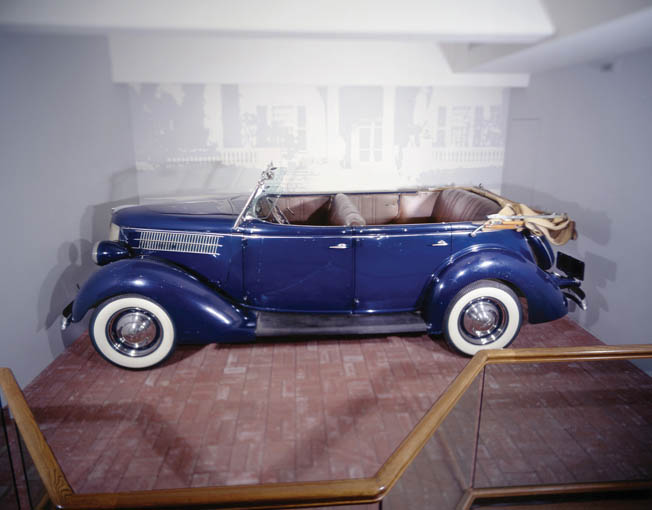
Other Sites of the Hyde Park Estate
Chief among the many educational programs on-site at Hyde Park is the Henry A. Wallace Visitor and Education Center, opened by the National Park Service (NPS) and the FERI jointly, the first new facility to be added to the Roosevelt estate since the library was constructed in 1941.The center’s highlights encompass the adjacent Roosevelt Home National Historic Site (Springwood); as well as Eleanor Roosevelt’s famed cottage, Val-Kill, where she met with candidate JFK in 1960; and the president’s retirement home, Top Cottage. FDR’s father, James Roosevelt, originally purchased the Hyde Park property in 1867. It included a 17-room house, 110 acres of land, and several outbuildings. Four years after James’s first wife, Rebecca Howland, died in 1876, James married the beautiful Sara Delano. Franklin Delano Roosevelt, the couple’s only child, was born at Springwood on January, 30, 1882.
Springwood was FDR’s principal residence throughout his life. The home was built in 1826. Originally a gray, clapboard building, the house was extensively remodeled in 1916 to add two full wings, a portico, and exterior stucco when FDR served as U.S. undersecretary of the Navy in the Woodrow Wilson administration. FDR last visited Springwood in March 1945, and he was buried in the rose garden adjacent to the house after his death one month later. The 32-acre site, including Springwood, its outbuildings, and rose garden, was opened to the public a year later.
Eleanor Roosevelt was buried in the rose garden next to FDR following her death in New York City in 1962. Springwood is managed by the NPS as part of the Roosevelt-Vanderbilt Historic Sites. The Springwood site proper today comprises 16 acres. The outbuildings include stables and a greenhouse. Springwood, once described by Life magazine as “an old shoe of a place—worn, scuffed, and scratched,” bulges with furniture of all periods and styles. The tables are cluttered with family photographs, walls hung with reproductions of famous paintings—a typical upper-middle-class home.
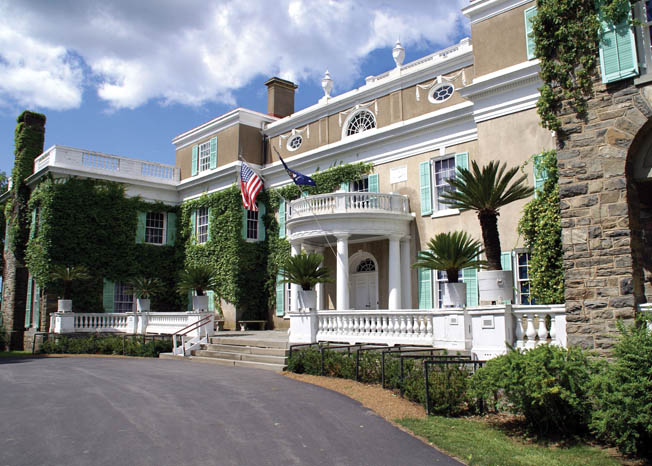
Top Cottage: “A Place to Escape the Mob”
FDR had a second, smaller home on the grounds of the Hyde Park estate: Top Cottage, built of stone and designed personally by him as “a small place to escape the mob.” Top Cottage is located a few miles east of the much larger Springwood, which remained his mother’s property until her death in 1941. Roosevelt incorporated elements that made Top Cottage fully accessible to him while in his wheelchair, including ramps, wider doors and hallways, ground-floor living and bedroom spaces, and lower windows, out of which he could see while remaining seated.
FDR used the retreat for entertaining and for official meetings that required more privacy than could be obtained at the White House or at Springwood. Shortly after Top Cottage was completed, FDR hosted the famous hot dog picnic for King George VI and Queen Elizabeth of Great Britain. Other famous visitors included British Prime Minister Winston Churchill, King George of Greece, Madame Chiang Kai-shek, and Princess Martha of Norway. Although the property was sold to private owners after FDR’s death, Top Cottage was restored and donated to the U.S. government in 2001. It now is managed by the NPS as part of the historic Roosevelt-Vanderbilt National Historic Park.
Val-Kill was the first home Eleanor Roosevelt could call her own. Located at the east end of the Roosevelt estate on the Fall Kill, it was a favorite picnic spot for the family. In the late summer of 1924, FDR proposed building a retreat for his wife and her political associates Nancy Cook and Marion Dickerman. By the end of 1925, a seven-room fieldstone cottage had been completed as a year-round home for Cook, and it was used by Eleanor Roosevelt for weekends and summer vacations.
FDR loved entertaining the press, world leaders, associates, and friends at informal picnics and swimming parties at Val-Kill. After his death, Val-Kill became Eleanor Roosevelt’s permanent home until her passing 17 years later. In 1977, following a local grassroots effort, the site was saved. It was dedicated and opened to the public on Eleanor Roosevelt’s 100th birthday, October 11, 1984, becoming the first site in the NPS created to honor a first lady.
The FDR compound is located at 4079 Albany Post Road, Hyde Park, New York, 12538, 1-800-FDR-VISIT.
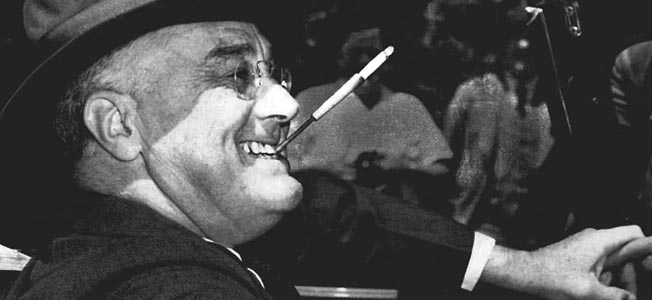
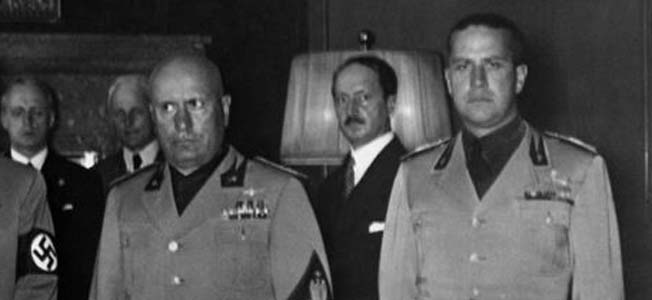
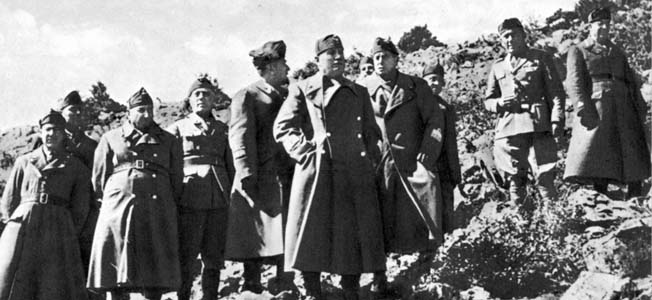
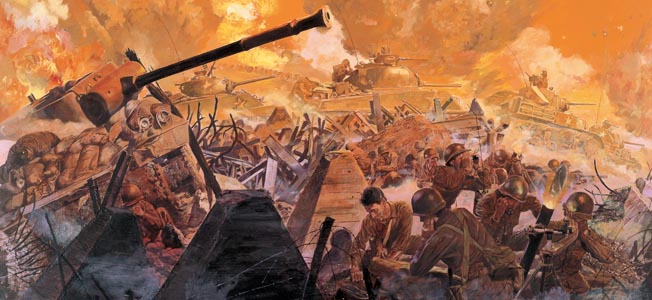
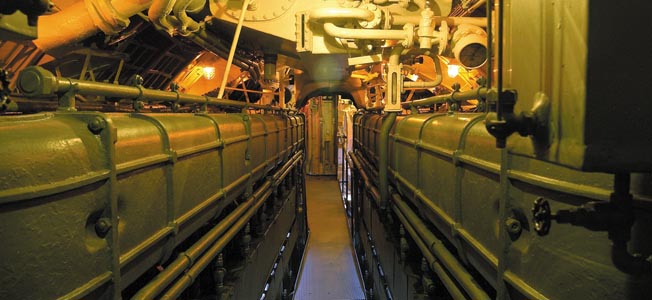
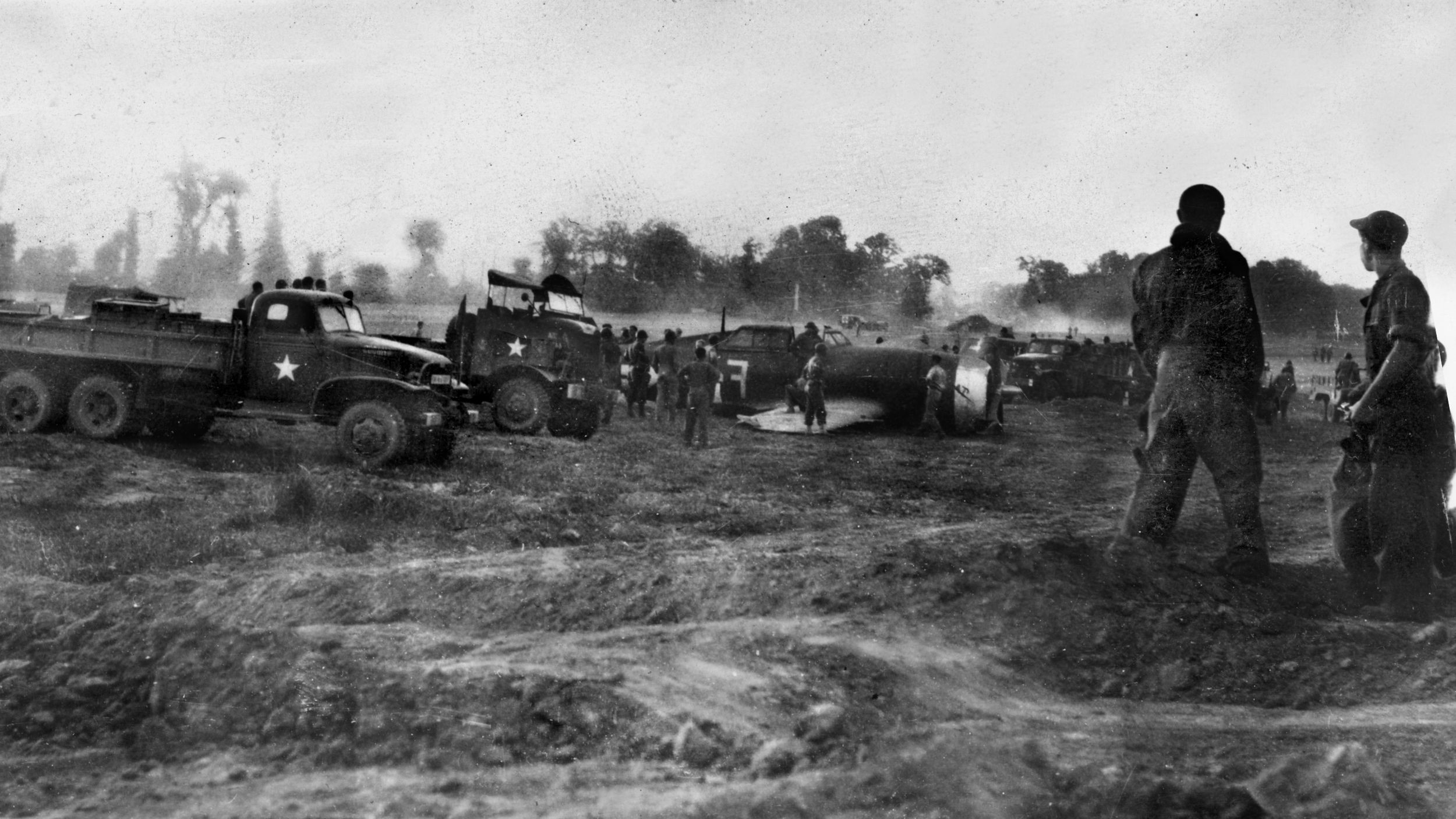

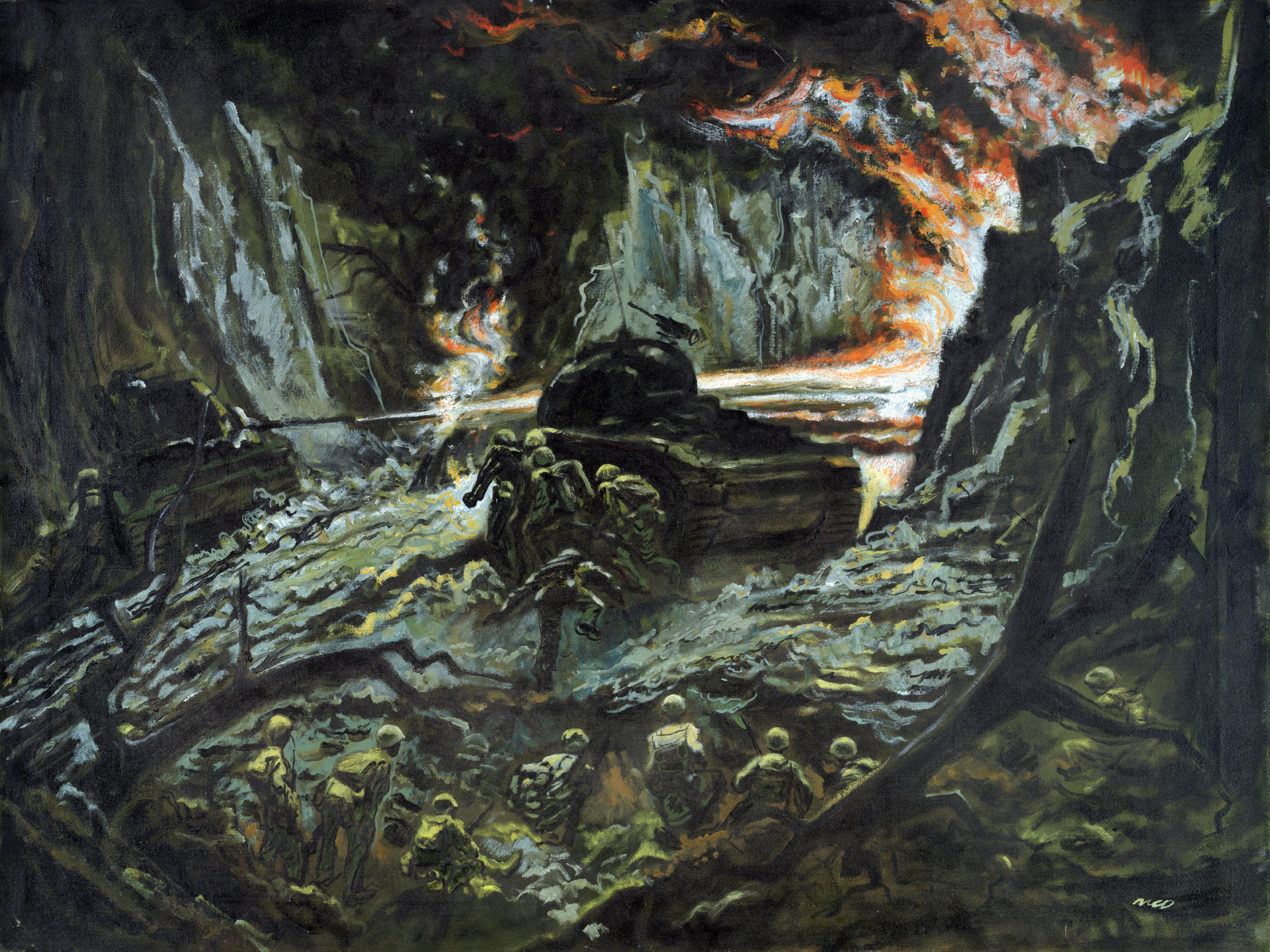
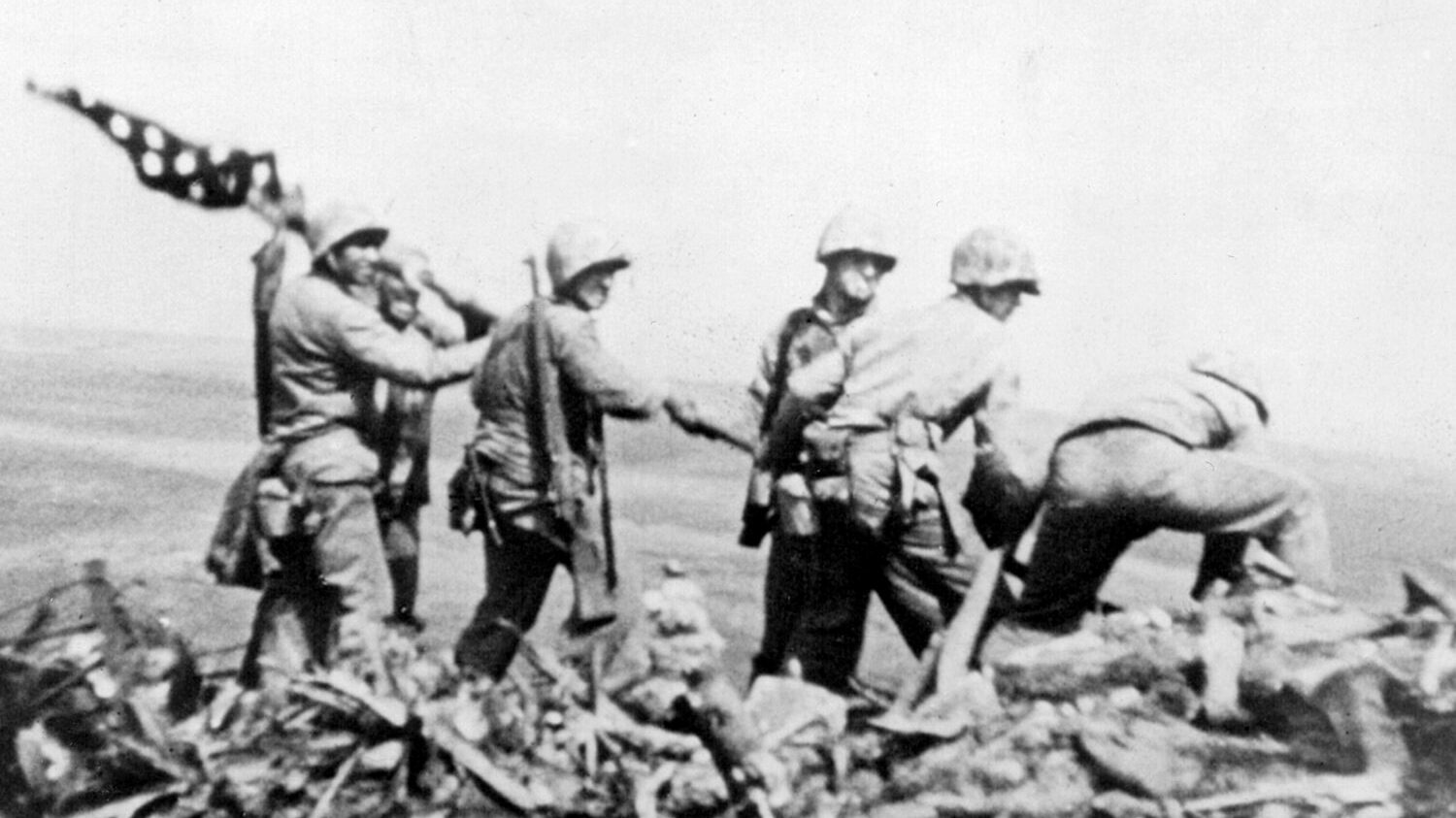
Join The Conversation
Comments
View All Comments